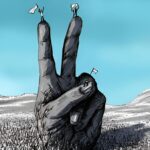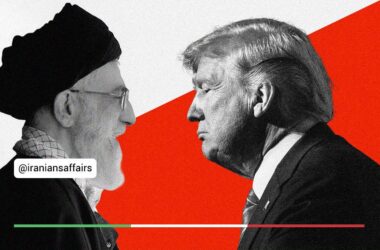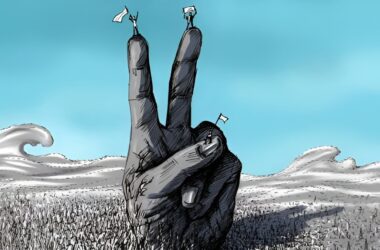It is often assumed that the leadership of opposition forces must emerge as a result of unanimous consensus. However, in many cases, leadership itself plays a critical role in fostering consensus among opposition groups. Over recent years, Iran-centric movements, supported by historical and social foundations, have sought to restore national governance in Iran. This process of persuading political forces has gradually evolved following the emergence and recognition of national leadership.
One of the most significant issues in this context is the “question of representation,” accompanied by the essential query: Should opposition leadership represent all groups, or is it sufficient to represent a particular segment of society? Considering the challenges of identifying political representation within the restricted and securitized environment of Iran, this issue becomes even more complex. Nevertheless, even in countries with better conditions, revolutionary leaders or transitional figures have not necessarily represented all groups. It has been sufficient for them to possess relative advantages over others and to leverage their political and organizational capabilities to secure both domestic and international acceptance for change. A national leader must not only lead the struggle but also promote discourse, drive media campaigns, build internal and international consensus, and manage the organization necessary for change.
It is also important to recognize that revolutionary leadership is highly time-sensitive. This means that the special opportunities presented by specific timeframes must be seized to the fullest. Otherwise, the revolutionary process is doomed to fail.
In light of Iran’s unique circumstances and an analysis of political forces, two primary obstacles in the coming months can be identified: the security-driven projects of “manufactured leadership” and “isolated leadership.” Previously, the Iranian Studies Institute addressed the concept of “isolating the Prince” (a reference to Reza Pahlavi), equating it with efforts by all authoritarian regimes to weaken and render political leaders ineffective. These efforts often include attacks on close associates or the promotion of purist and idealistic discourse and operational frameworks—methods that can take various forms.
Regarding “manufactured leadership,” two critical aspects deserve attention. The first involves manipulating time to squander opportunities, and the second seeks to prevent public acceptance, consensus, and practical operational momentum for the transitional program, or what is referred to in Iran as the “national revolution.” This manufactured leadership is sometimes pursued directly by emphasizing specific individuals and other times by muddying the political waters. Meanwhile, the atmosphere of cooperation with national forces for advancing the national revolution continues to mature. Other forces can participate in implementing processes or establishing mechanisms to restore national governance.
It appears that, given the manipulation of emerging figures and the Islamic Republic’s dominance over media outlets, the priority of the regime and opponents of the national revolution is increasingly to manufacture leadership from various individuals to undermine the potential for Reza Pahlavi’s leadership. This comes at a time when opportunities for global alignment with changes in the Middle East and Iran’s transformation are within reach. Vigilance is critical in these moments.







